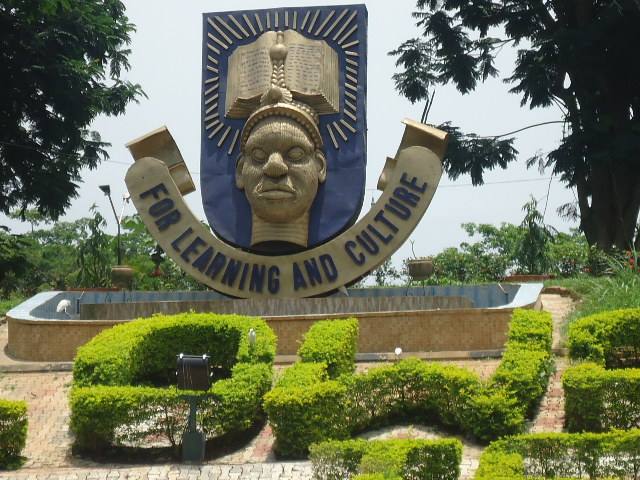As a child, it was easy to notice that older men often strolled through the park with their hands clasped behind their backs. They carried themselves with an air of confidence, openness, and ease, which made it seem like that was the reason behind their choice of posture.
Now, that same walking style has a more practical appeal —it naturally encourages better posture by pulling the back upright and offers a break for the arms from the effort of mimicking a natural swing.
The way people move —be it how they walk or even how they position their hands— can offer insight into their emotions and mindset. That’s why psychology takes a keen interest in these subtle movements, as they can reveal not just how someone feels but also how they perceive the world around them.
When a person walks with their hands behind their back, the meaning can vary depending on the context, their body language, and how relaxed they appear. In some cases, it signals confidence and authority, while in others, it might suggest discomfort or uncertainty. The trick is to read the full picture—posture, setting, and overall demeanor all play a role in decoding what this stance is really saying. Keep reading to uncover what this pose might reveal in different situations.
Depending on how they are holding their arms behind their back, their body language sends different messages:
A sign of confidence
When someone stands tall with their back straight and feet positioned shoulder-width apart, they naturally take up more space, appearing well-grounded and in control. Keeping their arms behind their back leaves the chest exposed, signaling a sense of ease, authority, and self-assurance in their surroundings.
Body language cues:
Feet slightly turned outward
Shoulders pulled back
Chest appearing “puffed out”
Arms resting behind them in a relaxed manner
Their hands might rest against each other without being tightly clasped—ready to swing into action if needed, but showing no immediate tension.
This stance is often seen in people who hold positions of authority, such as CEOs, politicians, and members of royalty. It’s also common among police officers, teachers, and clergy, who use it as a subtle way to reinforce their leadership and presence.
They’re relaxed
When someone places their hands behind their back while standing tall or leaning slightly forward, it’s often a sign that they’re comfortable and at ease. An open chest suggests they aren’t feeling anxious or on guard—they’re relaxed and confident in their surroundings.
Body Language Cues:
Feet positioned shoulder-width apart
Legs slightly bent
Hands resting at the lower back
Back either straight or gently leaning forward
In a military setting, soldiers are commanded to stand “at ease,” which means adopting a relaxed but disciplined stance with hands behind the back. Outside of structured environments, people who are truly at ease might take an even looser approach, letting their arms dangle effortlessly behind them like they don’t have a single care in the world.
They are insecure
When a person stands with slumped shoulders and one hand gripping their wrist or arm, they tend to look smaller and a bit off balance. This version of the stance, which lacks the confidence of an open posture, can suggest feelings of insecurity or discomfort.
Body Language Cues:
Back straight but slightly rigid
Feet positioned close together
A noticeable arch in the lower back
Arms either straight or slightly tense
If they’re clasping their wrist, both arms remain tucked behind their back. If they’re gripping their arm, one stays behind them while the other is visible but subtly drawn inward.
You might catch someone taking this stance when nervously chatting with their crush for the first time or gearing up to speak in front of an audience. It’s a pose often seen in kids and teenagers, but even adults slip into it when stepping outside their comfort zone.







